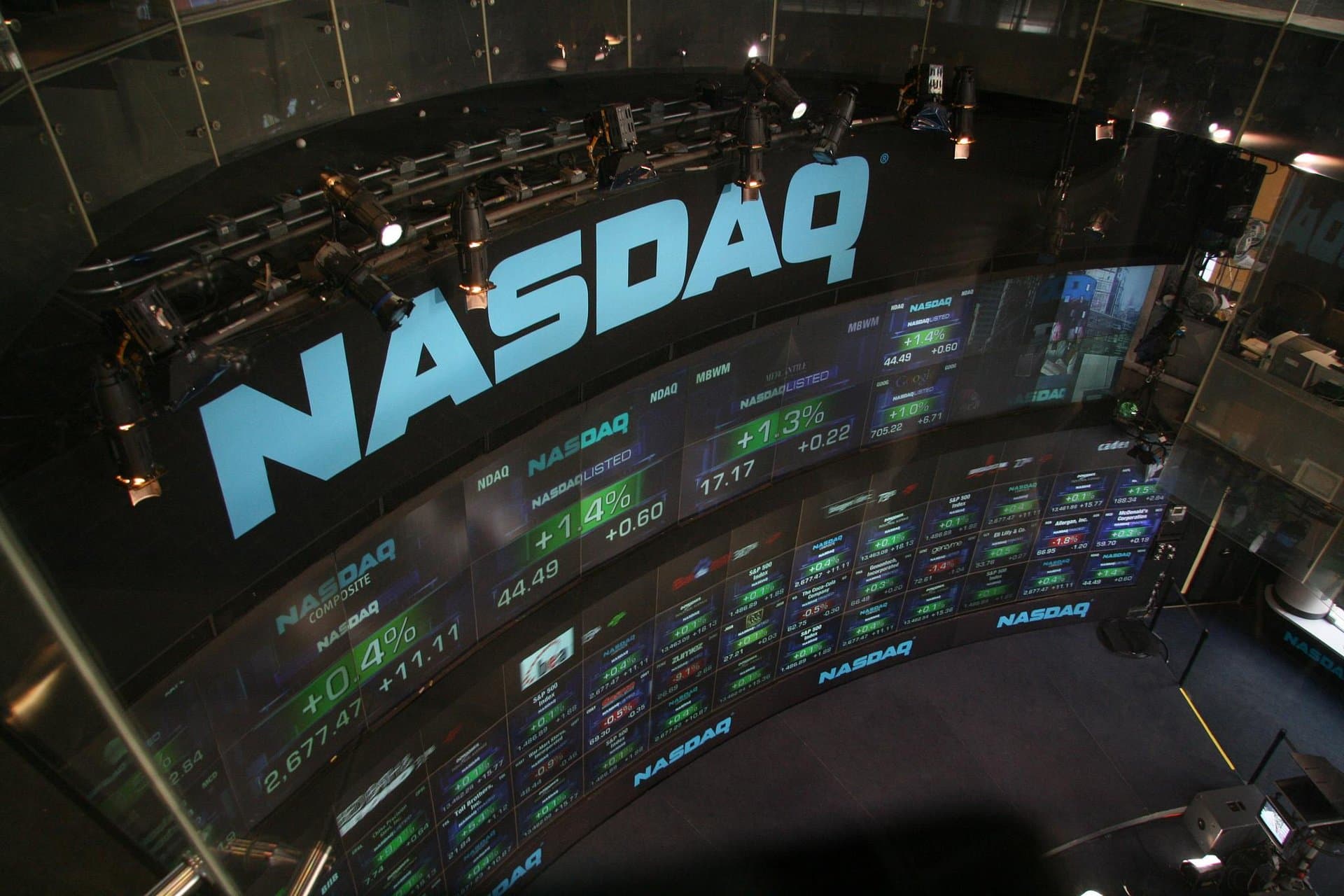US-China Tariff Deal Sparks Dow Futures Surge and Market Optimism
Explore how the recent US-China tariff agreement ignited a sharp rise in Dow futures, signaling renewed investor confidence and impacting inflation expectations amid ongoing trade tensions.

Key Takeaways
- US and China agreed to cut reciprocal tariffs by 115% for 90 days.
- Dow futures surged over 800 points, signaling market optimism.
- Tariffs on Chinese goods dropped from 145% to 30%, Chinese tariffs on US goods to 10%.
- Inflation fears persist with key CPI and PPI data due this week.
- Baseline US tariff rate likely to remain at 10% for the foreseeable future.

In a surprising twist to the ongoing trade saga, the United States and China reached a temporary truce by agreeing to slash tariffs dramatically for 90 days. This breakthrough, hammered out in Geneva over the weekend, sent US stock futures soaring, with the Dow jumping over 800 points early Monday. The deal cuts the US tariff on Chinese goods from a staggering 145% down to 30%, while China lowers its retaliatory tariffs from 125% to 10%. Treasury Secretary Scott Bessent described the talks as “very productive,” fueling hopes that the trade war’s icy grip on markets might thaw. Yet, inflation concerns linger, with key data like the Consumer Price Index and Producer Price Index set to reveal how these tariffs have impacted prices. This article dives into the market’s reaction, the details of the tariff cuts, and what investors should watch next in this evolving financial drama.
Understanding the Tariff Truce
Imagine a trade war as a heated chess match, where each move—tariffs and retaliations—shapes the global economy’s next gambit. Over the weekend in Geneva, the US and China agreed to a ceasefire of sorts, slashing reciprocal tariffs by 115% for 90 days. This means the US tariff on Chinese goods dropped from a jaw-dropping 145% to a more manageable 30%, while China cut its duties on US imports from 125% to 10%. Treasury Secretary Scott Bessent called the talks “very productive,” signaling a rare moment of cooperation amid months of escalating tensions.
This temporary tariff truce is more than just numbers; it’s a lifeline for markets and consumers. The massive tariffs had already sent shockwaves through supply chains and consumer prices, with imports from China plunging by over 50% at major ports like Los Angeles. By dialing back these duties, both countries hope to ease the pinch on businesses and shoppers. Yet, the deal is a pause, not a full stop, reminding us that the trade war’s underlying issues remain unresolved.
Decoding the Market Rally
When Dow futures jumped over 800 points early Monday, it wasn’t just a random spike—it was a market cheer for the tariff deal. Futures on the S&P 500 and Nasdaq also surged, with tech stocks leading the charge. This rally came after a downbeat week where all three major indexes had slipped, weighed down by inflation fears and tariff uncertainties.
Investors are betting that the tariff rollback will ease cost pressures and boost corporate profits. The tech-heavy Nasdaq futures soared by 3.6%, reflecting hopes that lower tariffs will help global supply chains and innovation flourish. Yet, this optimism is cautious; Commerce Secretary Howard Lutnick confirmed that a 10% baseline tariff on imports will remain, signaling that the US isn’t backing down entirely. The market’s reaction is a mix of relief and realism, capturing the complex dance between diplomacy and economics.
Inflation’s Lingering Shadow
Tariffs aren’t just abstract policy—they hit wallets where it hurts. The sweeping 145% tariffs imposed by President Trump last month, and China’s retaliatory 125% duties, have pushed inflation expectations to their highest in over 40 years. This week’s release of the Consumer Price Index (CPI) and Producer Price Index (PPI) will offer the first clear glimpse of how these tariffs have translated into price hikes for everyday Americans.
Goldman Sachs analysts warn that inflation could effectively double to 4% by year-end due to these duties. The concern is real: higher import costs trickle down to store shelves, squeezing consumer budgets already stretched thin. While the tariff deal tempers the worst-case scenario, the baseline 10% tariff remains a persistent tax on trade. For consumers, the sting of rising prices is a daily reminder that trade policy isn’t just a headline—it’s a household reality.
Navigating Ongoing Trade Uncertainty
The 90-day tariff pause is a welcome breather, but it’s far from a permanent fix. The US and China remain locked in complex negotiations, with the baseline 10% tariff rate likely to stay “for the foreseeable future,” according to Commerce Secretary Lutnick. This signals that while the tit-for-tat escalation has paused, the trade war’s underlying tensions persist.
Investors and businesses must navigate this uncertain terrain carefully. The recent drop in imports from China—over 50% at key ports—reflects how tariffs have already reshaped supply chains and trade flows. Companies may need to adjust sourcing strategies, and consumers might continue to face higher prices. The market’s hopeful rally is tempered by the reality that trade policy remains a moving target, requiring vigilance and adaptability.
Watching Key Economic Indicators
This week’s economic calendar is packed with data that will shed light on the tariff deal’s real-world impact. Tuesday’s Consumer Price Index (CPI) report will reveal how inflation is evolving amid these trade shifts. Thursday brings retail sales and the Producer Price Index (PPI), offering further clues on consumer spending and wholesale price pressures.
These reports are more than numbers—they’re the pulse of the economy, showing how tariffs ripple through prices and purchasing power. Investors will watch closely to gauge whether the tariff rollback eases inflation or if price pressures persist. The stakes are high: inflation shapes interest rates, consumer confidence, and ultimately, the stock market’s next moves. Staying tuned to these indicators will help investors and consumers alike steer through this uncertain economic landscape.
Long Story Short
The recent US-China tariff agreement offers a breath of fresh air for markets battered by months of tit-for-tat duties. The Dow’s sharp futures rally reflects investor relief and renewed confidence that trade tensions might ease, at least temporarily. However, the deal’s 90-day window and the maintenance of a 10% baseline tariff remind us that the trade war’s shadow still looms large. Inflation remains a stubborn beast, with upcoming CPI and PPI reports poised to reveal the true cost of these tariffs on American consumers. For investors and consumers alike, the lesson is clear: optimism must be tempered with vigilance. The relief of a tariff pause is welcome, but the economic ripples—higher prices, supply chain shifts, and market volatility—are far from over. Staying informed and agile will be key as this high-stakes negotiation continues to unfold.